World War II: the postwar period
1. Wehrmacht General Anton Dostler of the execution pole in Aversa, Italy, December 1 1945. The former military commander of the 75 Army Corps was sentenced to death by the US military commission for shooting 15 unarmed American prisoners of war in La Spezia, Italy, March 26 1944. (AP Photo)
2. Soviet soldiers with battle flags of Wehrmacht units during the Victory Parade in Moscow, June 24, 1945. (Yevgeny Khaldei / Waralbum.ru)
3. Emaciated and exhausted, but overjoyed by the news of the release from Japanese captivity, the two allied soldiers collect a few things before leaving Aomorim camp near Yokohama, September 11 1945. (AP Photo)
4. Return of the victorious soldiers, Moscow, railway station, 1945 year.
5. Photo of Hiroshima a year after a nuclear explosion. Restoration work is underway, but the city still lies in ruins, 20 July 1946 of the year. The recovery rate is low: there are not enough materials and equipment. (AP Photo / Charles P. Gorry)
6. Japanese on the ruins of his home in Yokohama. (Nara)
7. Soviet press photographer Yevgeny Khaldey (center) in Berlin at the Brandenburg Gate, May 1945. (Waralbum.ru)
8. P-47 Thunderbolt 12 Squadron US Air Force flies over Hitler’s demolished house in Berchtesgaden, Austria, 26 May 1945. Near the buildings are visible large and small funnels. (AP Photo)
9. Hermann Goering, former commander-in-chief of the Luftwaffe, the second man after Hitler, pictured in the archive folder of the Central Registry of War Criminals in Paris, November 5 1945. Goering surrendered to American troops in Bavaria, 9 in May 1945, and was taken to Nuremberg for legal representation. (AP Photo)
10. Courtroom in Nuremberg, 1946 year. There is a meeting on charges 24 political leaders of Nazi Germany for war crimes. In the center on the right is Hermann Goering in a gray jacket, headphones, and dark glasses. Next to him are Rudolf Hess, Assistant to the Führer, Joachim Ribbentrop, Minister for Foreign Affairs, Wilhelm Keitel, Head of the General Staff (face blurred), and Ernst Kaltenbrunner, Senior Officer of the SS survivors. Goering, Ribbentrop, Keitel and Kaltenbrunner were sentenced to be hanged. Goering committed suicide the night before the execution. Hess was sentenced to life imprisonment, and he worked in the Spandau prison in Berlin until his death in the 1987 year. (AP Photo / STF)
11. Many experimental models of German aircraft were exhibited at Hyde Park in London 14 September 1945 during the celebration of Thanksgiving week. Among others there could be seen jets. In the photo: Heinkel He-162 Volksjager with a jet engine. (AP Photo)
12. A year after the landing in Normandy, German prisoners set up a cemetery for American soldiers in Saint-Laurent-sur-Mer, France, near the landing site "Omaha", 28 in May 1945 of the year. (AP Photo / Peter J. Carroll)
13. Germans from the Sudetenland region go to the station in Liberec, former Czechoslovakia, to return to Germany, July 1946. After the war, millions of Germans were evicted from the territories annexed by Germany and from the territories transferred to Poland and the Soviet Union. According to various estimates, they were from 12 to 14 million, and from 500 000 to 2 million died in exile. (AP Photo / CTK)
14. Jinpe Theravama, who survived the atomic explosion in Hiroshima, shows burn scars, June 1947. (AP Photo)
15. Defective buses are used by the Japanese to compensate for the lack of living space in Tokyo, October 2 1946. Homeless Japanese turn the iron skeletons into homes for their families. (AP Photo / Charles Gorry)
16. American soldier and Japanese girl in Hibiya Park, Tokyo, January 21, 1946. (AP Photo / Charles Gorry)
17. London in April 1945. Around the Cathedral of St. Paul visible destroyed buildings. (AP Photo)
18. General Charles de Gaulle (center) greets children, two months after the surrender of Germany, July 1945, Laurent, France. Laurent was the base of German submarines, and in between 14 and 17 in February 1943, more 500 fragmentation bombs were dropped on the city and around 60 000. 90% of the buildings in the city were destroyed. (AFP / Getty Images)
19. The transport ship "General VP Richardson" at the pier in New York, 7 June 1945. Veterans of the European and African campaign are returning home. (AP Photo / Tony Camerano)
20. A snapshot of the mass building area in 1948 on the outskirts of New York. Many similar areas were built for soldiers returning from war. (AP Photo / Levittown Public Library, File)
21. A TV for the price of just 100 dollars is possibly the first mass TV for a reasonable price. Rose Claire Leonard looks at a screen measuring 5x7 inches during a presentation at one of New York stores, August 24 1945. Although television was invented before the start of the Second World War, it was the war that prevented its mass distribution. Shortly after the war, TV sets went on sale, and regular broadcasting began by the year of 1948. (AP Photo / Ed Ford)
22. An American soldier examines a pure gold figurine in the hiding place of Hermann Göring, found by the 7 Army in a cave near Schönau am Königssee, Germany, May 25, 1945. This cache, one of the two found to date, also contained priceless paintings from all over Europe. (AP Photo / Jim Pringle)
23. In Europe, some churches were destroyed, but some survived. The Münchengladbach Cathedral miraculously survived the war, but still requires restoration, November 20 1945. (AP Photo)
24. Colonel Bird, camp commander Belsen, on May 21, 1945, ordered the last building to be burned down. In memory of the victims, the British flag was raised, and after the gun salute with a flamethrower, the last building on the territory of the concentration camp was set on fire. Together with him burned the flag of Nazi Germany and the portrait of Hitler. (AP Photo / British Official Photo)
25. German women lead children to school through the streets of Aachen, Germany, 6 June 1945. The first school was opened after the war by the US military government. (AP Photo / Peter J. Carroll)
26. Hall of the Far Eastern Military Court in Tokyo, April 1947. 3 May 1946, the Allies launched a trial of 28 by Japanese political and military leaders on war crimes charges. Seven were sentenced to hang, and the rest to imprisonment. (AP Photo)
27. Soviet soldiers in North Korea in October 1945. 35-year-old Japanese power over Korea ceased after the end of World War II. The Allies decided to establish a provisional government until the country could pass the elections and its own power would not be established. USSR forces occupied the northern part of the peninsula, and the Americans - the southern. Scheduled elections did not take place, and a communist regime was established in North Korea, and a pro-Western regime was established in South Korea. Their confrontation led to the 1950-1953 war, which ended in a truce, but today these two states are in fact in a state of war. (Waralbum.ru)
28. Communist leader Kim Il Sung talks to collective farmers in Kinshanli, Kangso district, south of Pyongyang, October 1945. (Korean Central News Agency / Korea News Service via AP Images)
29. 8 soldiers of the Chinese army during the exercises in Yanan, the central city of a major region in northern China, March 26, 1946. In the photo, soldiers from the night tiger battalion. The Chinese Communist Party waged war against the Kuomintang, the ruling nationalist party, since 1927. The Japanese invasion during World War II forced both sides to cease hostility among themselves and to direct all forces to fight the external enemy. Although from time to time the collision still occurred. After the end of World War II and the departure of Soviet troops from Manchuria, a full-scale civil war began in China in June 1946. The Kuomintang lost, millions of its supporters fled to Taiwan, and the leader of the Communist Party, Mao Zedong, established the PRC in 1949 year. (AP Photo)
30. In this photo of 1946, you can see ENIAC (Electronic Numerical Integrator and Computer), the first multi-purpose computer - 30-ton machine, located at the University of Pennsylvania. Development was secretly launched in the 1943 year, and ENIAC was originally created to calculate the firing tables for the US Army ballistic laboratory. On the completion of the creation of computers announced 14 February 1946 year. In the same year, the inventors gave a series of lectures on the benefits of computers, known as the Moore School Lectures, at the University of Pennsylvania. (AP Photo)
31. Atomic bomb tests at Bikini Atoll, Marshall Islands, July 25 1946, codenamed "Baker." The 40-kiloton bomb was detonated at a depth of 27 meters in 5 kilometers from the atoll. The purpose of the test was to determine the effect of a nuclear explosion on warships. For testing, 73 of decommissioned and American and captured Japanese ships, including the battleship Nagato, were collected. (Nara)
32. Bomber XB-35 company Northrop, built on the scheme "Flying Wing", 1946 year. This aircraft was an experimental model of a heavy bomber, but soon after the war the project was closed due to technical complexity. (AP Photo)
33. The Japanese are throwing ammunition into the sea, September 21 1945. During the post-war presence of the Americans, the Japanese military industry ceased to exist as such. (US Army)
34. German workers in chemical protection suits neutralize toxic bombs in a chemical warehouse weapons in Gerogen, Germany, July 28 1946 of the year. 65000 decontamination of tons of toxic ammunition was carried out in two ways: they were burned or simply dumped into the North Sea. (AP Photo)
35. Americans broadcast 74-year-old Dr. Klaus Karl Schilling in Landsberg, Germany, 28 May 1946. He was convicted of using 1200 concentration camp prisoners as experimental in experiments with malaria. Thirty died directly from vaccinations, from 300 to 400 died later from complications of the disease. Schilling conducted his experiments with 1942 of the year, all the test subjects participated in them forcibly. (AP Photo / Robert Clover)
36. Cemetery in Belsen, Germany, March 28 1946. Here are buried 13 000 people who died after being released from the Belsen concentration camp. (AP Photo)
37. Jews from the Buchenwald concentration camp on the deck of the ship "Mataroa" in the port of Haifa, July 15 1945 year. This territory was subsequently given to Israel. During World War II, millions of Jews fled from Germany and neighboring countries, many tried to get into the British part of Palestine, but Great Britain in the 1939 year restricted the entry of Jews and detained those arriving. In 1947, the UK announced it was leaving this territory, and the UN approved a partition plan for Palestine, thus creating two states: Palestine and Israel. 14 May 1948, Israel declared its independence and was immediately attacked by neighboring Arab countries. Thus began the Arab-Israeli conflict, stretching to this day. (Zoltan Kluger / GPO via Getty Images)
38. Polish war orphans in a catholic shelter in Lublin, September 11 1946. Here the Polish Red Cross takes care of them. Most clothes, drugs and vitamins were provided by the American Red Cross. (AP Photo)
39. The Empress of Japan visits a Catholic orphanage in Tokyo for the war, 13 on April 1946. The Empress examined the territory of the shelter and visited the chapel. (AP Photo)
40. New houses appear on the ruins of Hiroshima, March 11 1946 of the year. These buildings are part of the program of the Japanese government to rebuild the country. In the background on the left are the remains of buildings destroyed first in stories atomic bombardment. (AP Photo / Charles P. Gorry
41. The clock at one of the Japanese factories is being prepared for shipment to the Allied countries, 25 June 1946. 34 Factories released 123 000 watches in April only 1946. (AP Photo / Charles Gorry)
42. General George Patton at the parade in downtown Los Angeles, California, 9 Jun 1945 of the year. Soon Patton returned to Germany, where he justified the appointment of former Nazi leaders to administrative posts in Bavaria. After being removed from his post as commander of the 3 Army, he returned to the United States and died in December from injuries sustained in a car accident. On the left you can see the famous photograph of Joe Rosenthal, which depicts the flag raising over Iwo Jima. (AP Photo)
43. German women are clearing the street Tauentzienshtrasse in Berlin from the wreckage of the Kaiser Wilhelm Cathedral. The almost complete absence of healthy men meant that all the work on clearing the rubble was done mainly by women, who were called "Truemmerfrauen," that is, "stone women." The signs on the post on the left indicate the boundary between the British and American sectors, passing along this street. (AP Photo)
44. Meeting in the Republican square of Berlin in front of Rehistag, September 9 1948. About a quarter of a million people anti-Communists protested against the USSR regime. At that time, the USSR blocked the Allied access to the western parts of Berlin. In response, Britain and the United States launched an air bridge to supply the blocked city. As a result of this crisis, the GDR and the FRG were created in 1949. The demonstration, captured in the photo, ended in shooting, two German citizens were killed. (AP-Photo)
45. In March, 1974, through 29 years after the end of World War II, the intelligence officer and Japanese army officer, Hiro Onoda, surrendered to Lubang Island, Philippines. Being relieved of his duties as commander, he passed a samurai sword, a rifle with 500 cartridges and several hand grenades. Onoda was sent to Lubang in 1944, with the task of joining the reconnaissance on the island and waging a partisan war against the Americans. The Allies captured the island, three Onoda comrades were killed in battle, and the four surviving members of the group went into the jungle and made raids from there. Several times they were thrown leaflets and letters from relatives, but they did not believe "propaganda." In 1950, one of Onoda’s companions surrendered. By 1972, two more soldiers were killed in clashes with Filipino patrols, and Onoda was left alone. In 1974, Onoda stumbled upon Japanese naturalist Norio Suzuki, from whom he learned about the end of the war and through which Onoda found his commander and ordered him to surrender. Over the years, the guerrilla group killed 30 Filipinos and injured about a hundred, but President Marcos pardoned Onoda, who returned to Japan. (AP Photo)
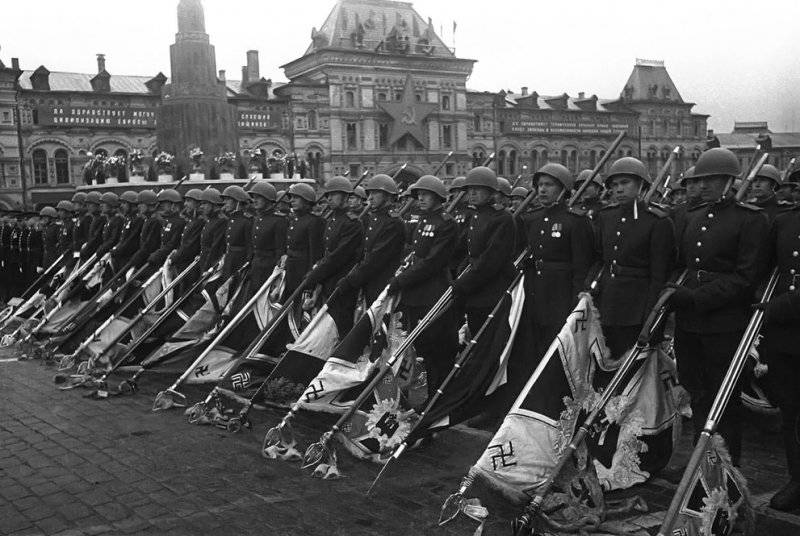
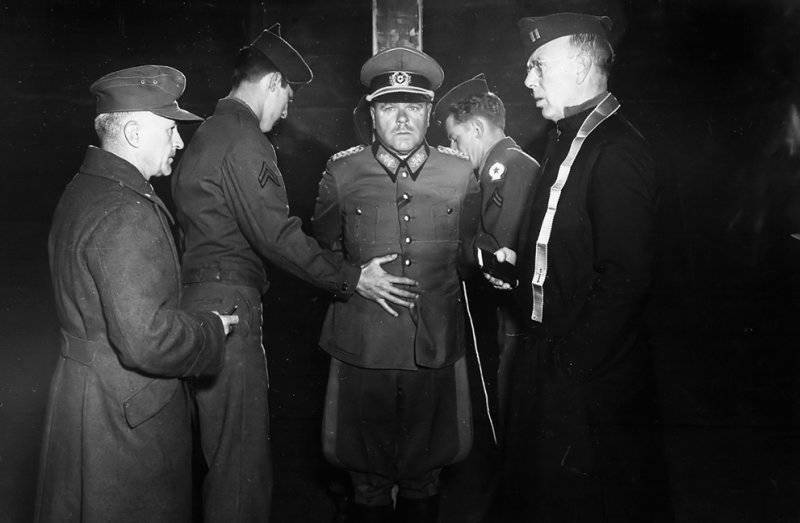
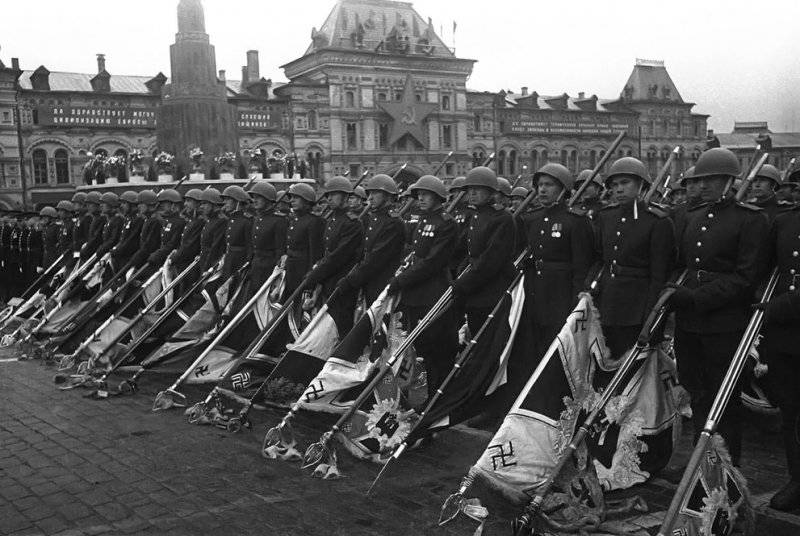
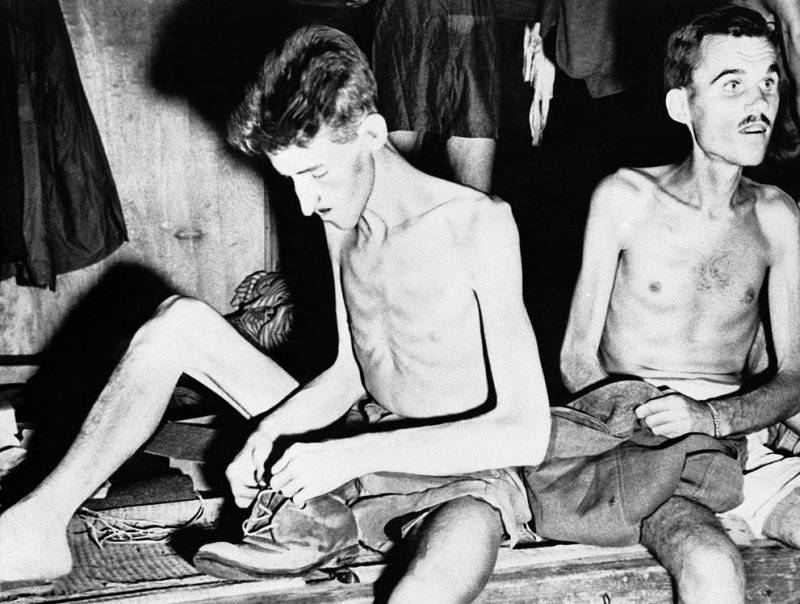
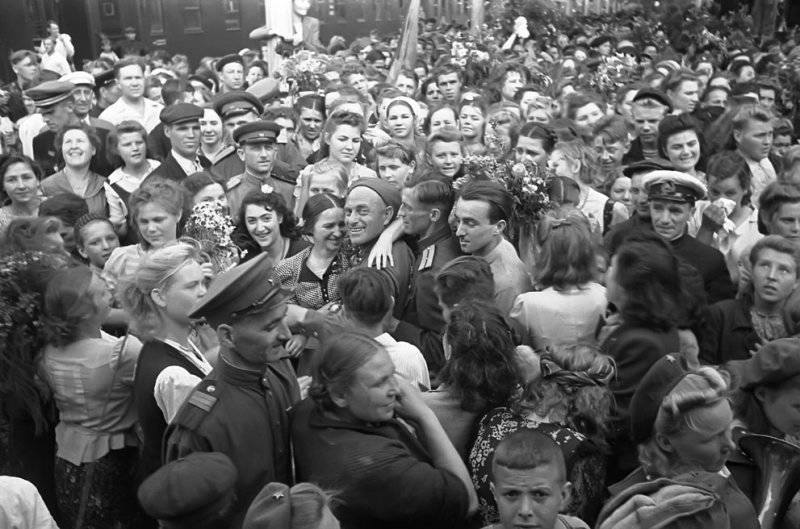
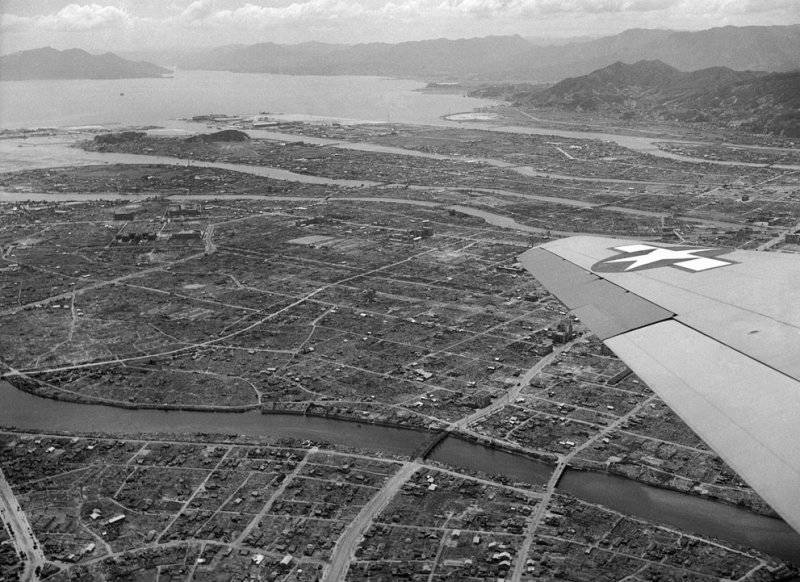
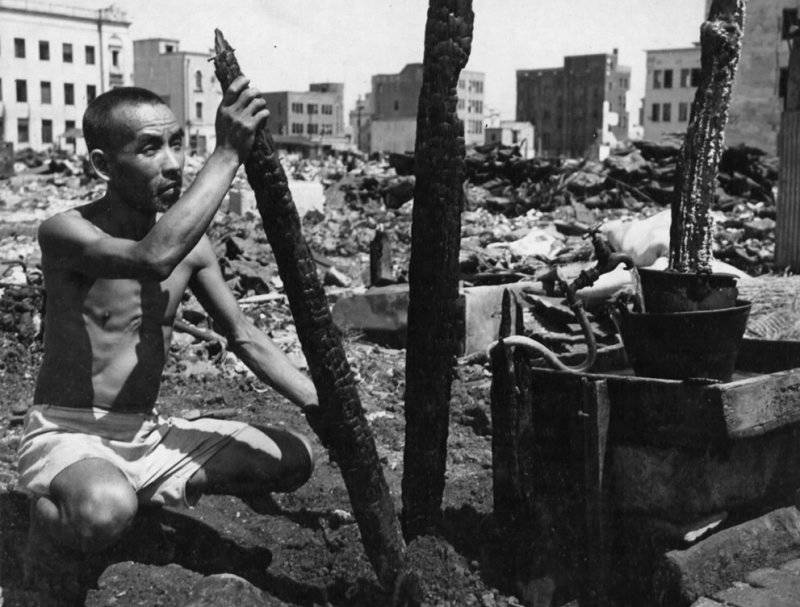
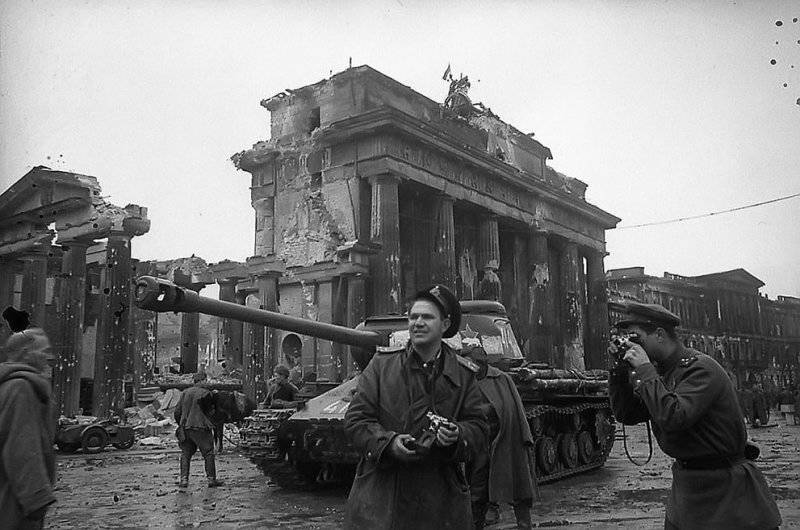
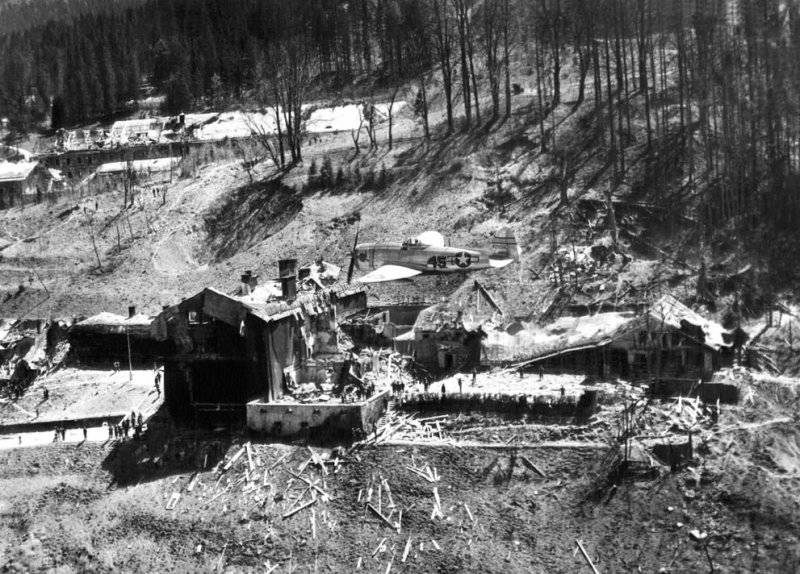
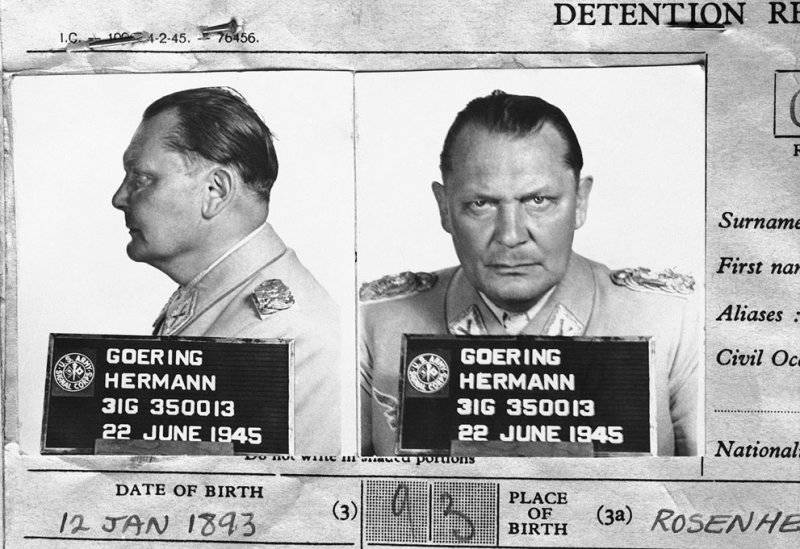
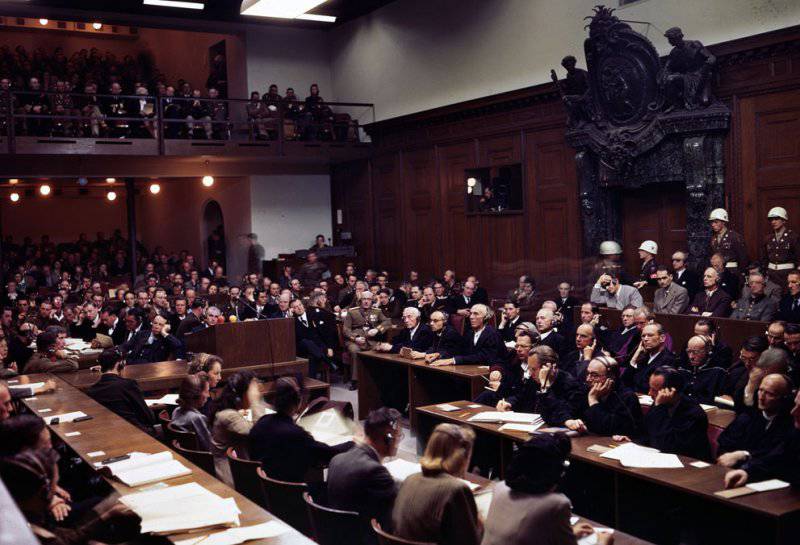
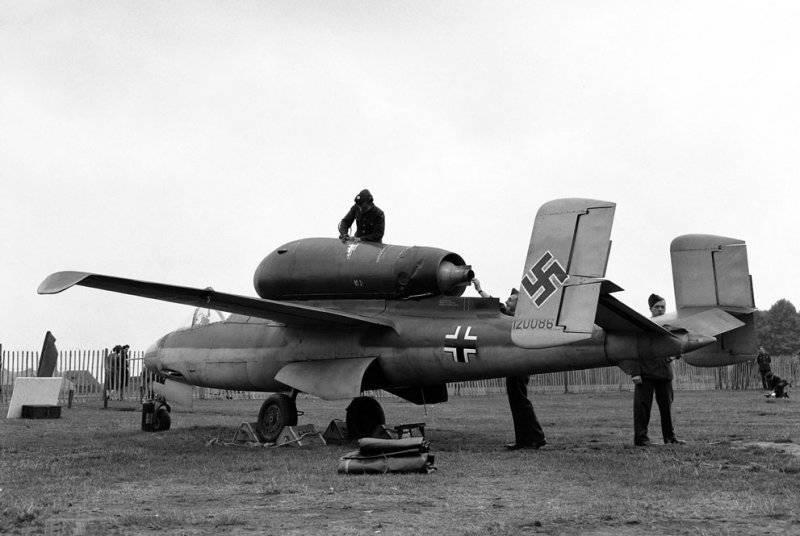
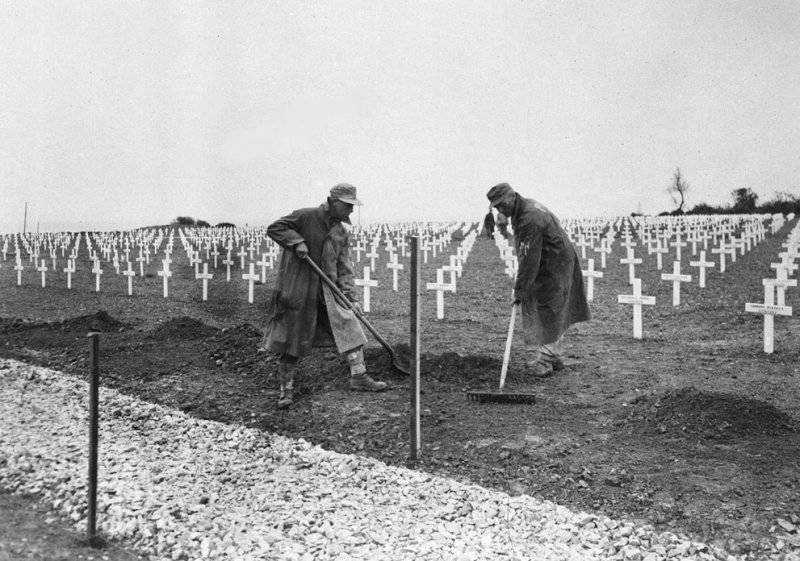
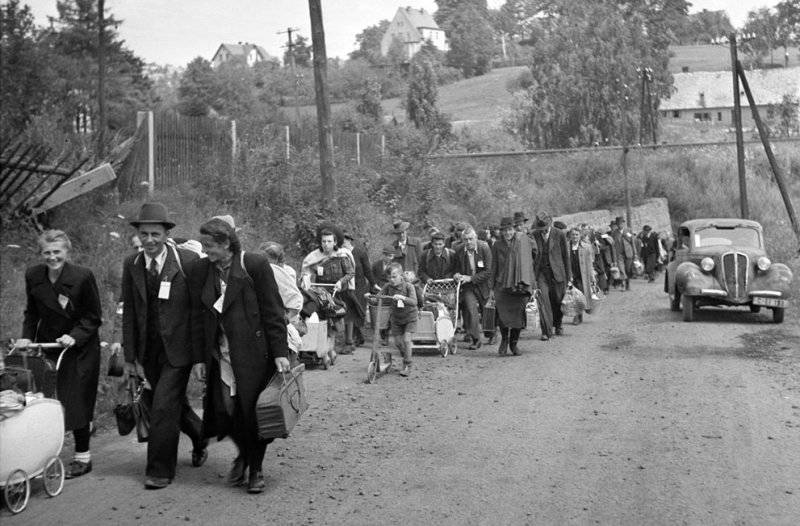
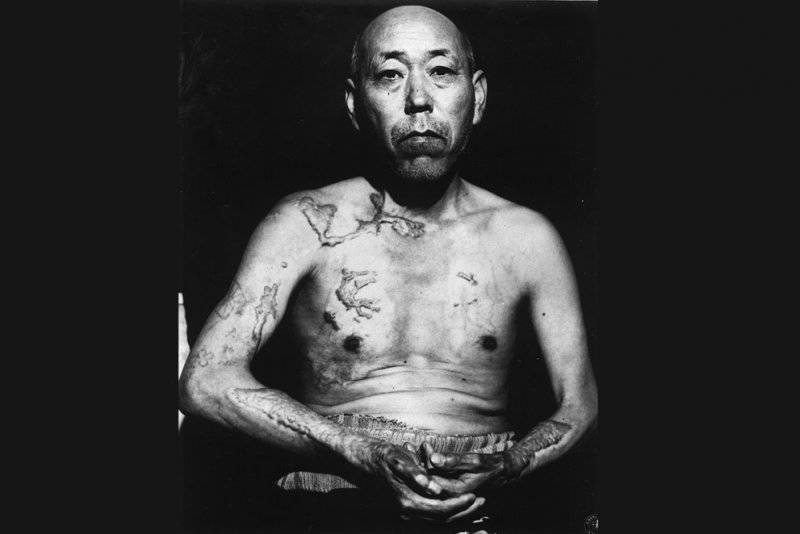
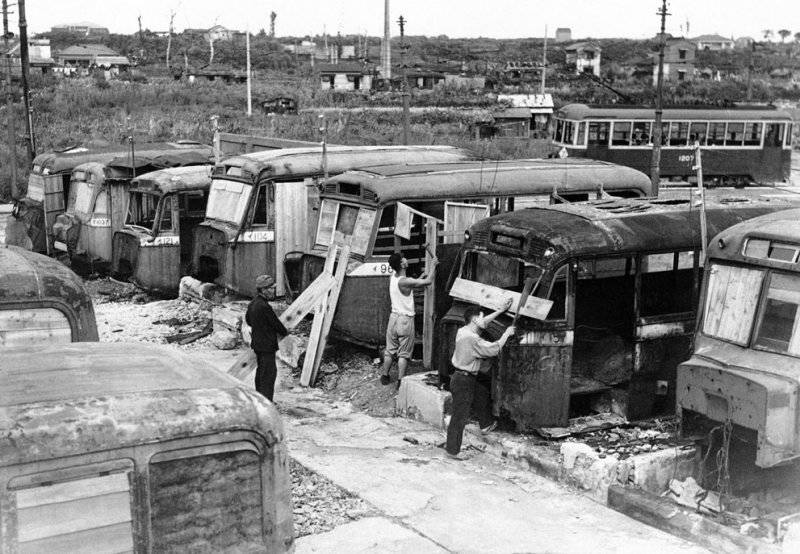
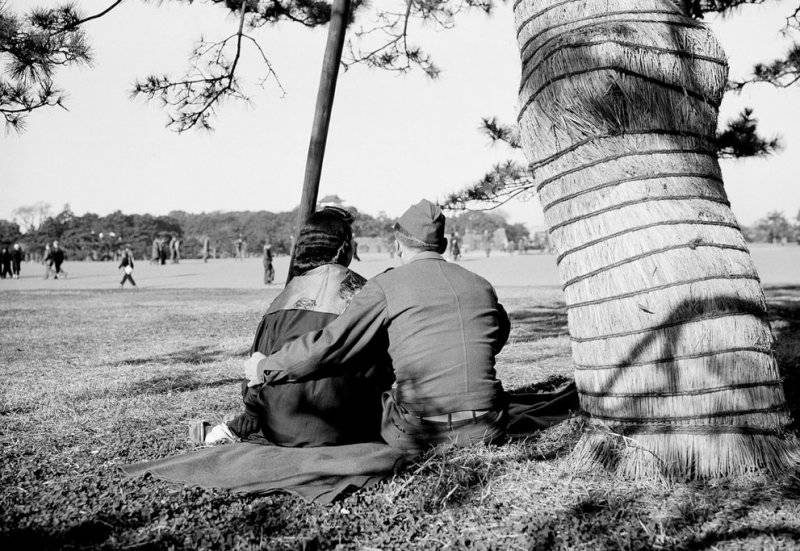
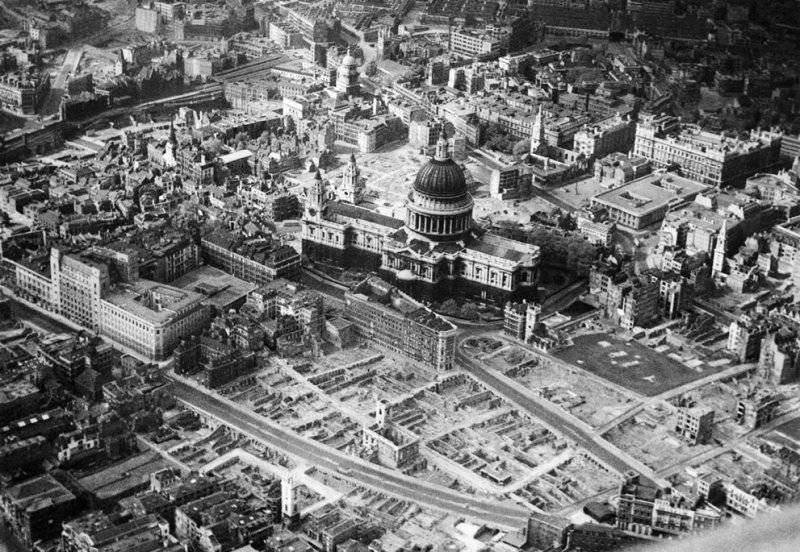
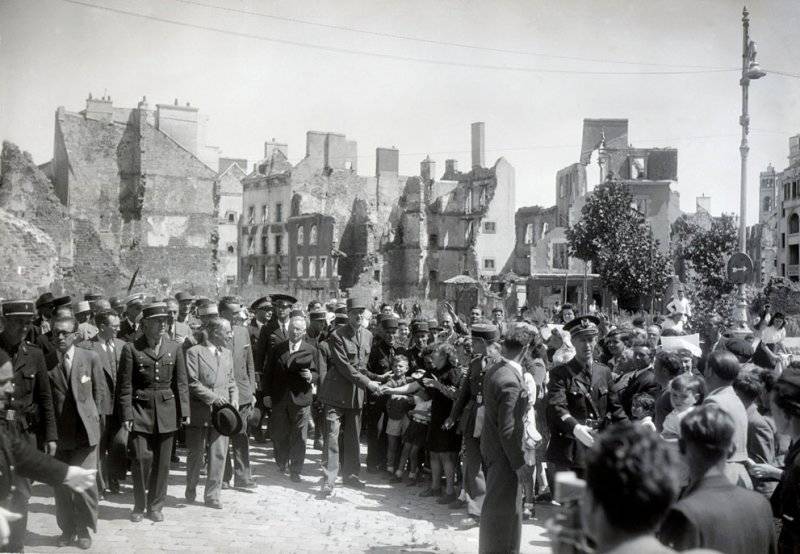
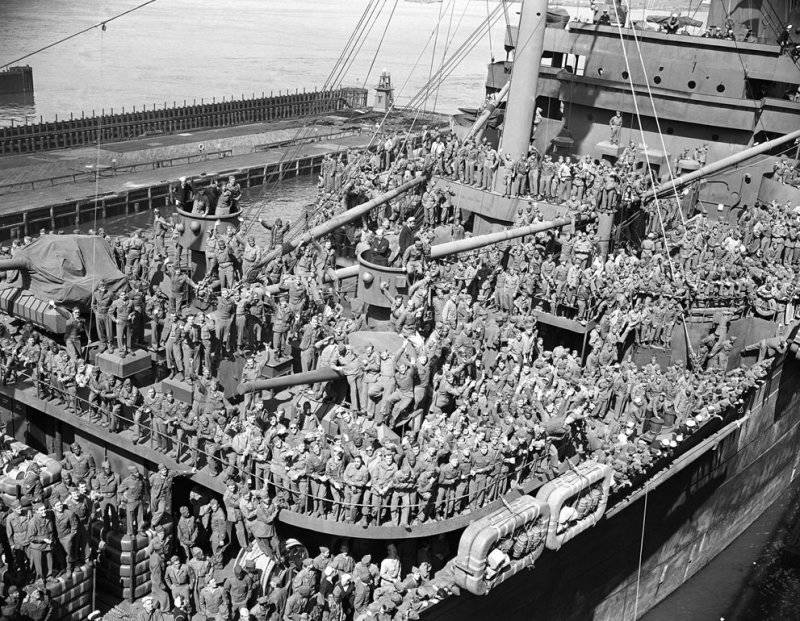
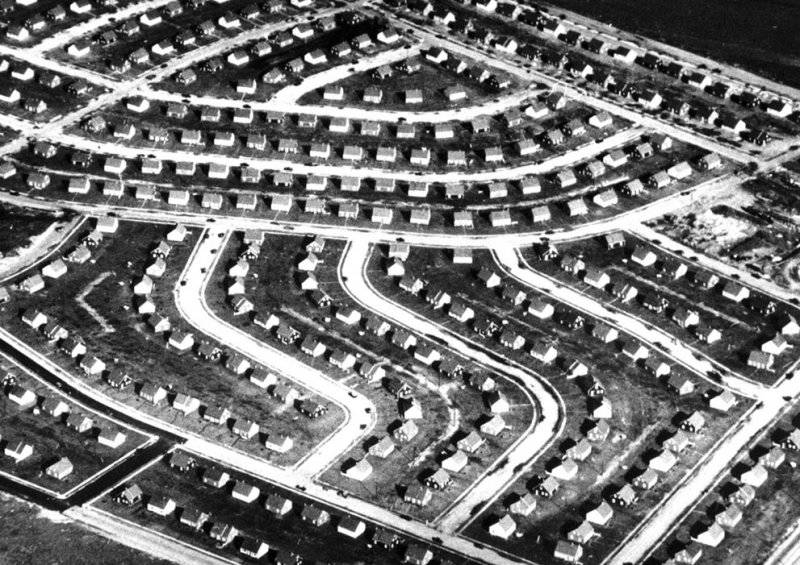
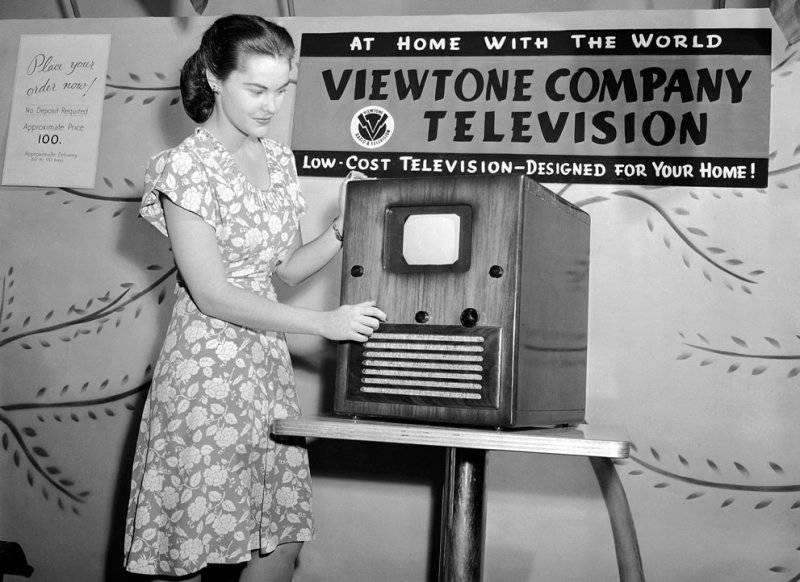
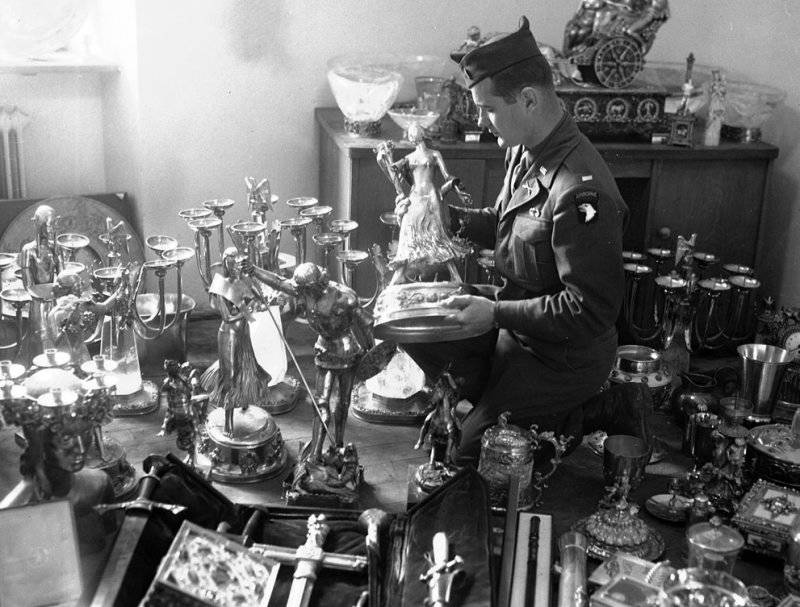
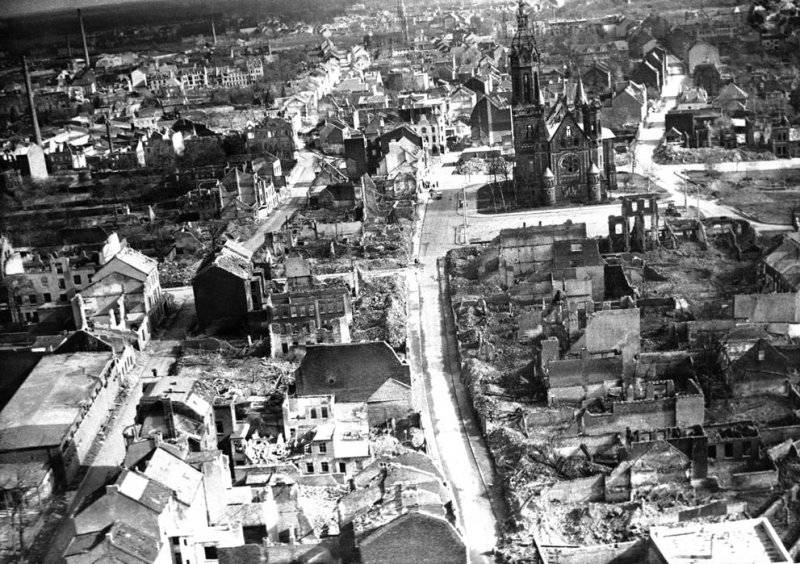
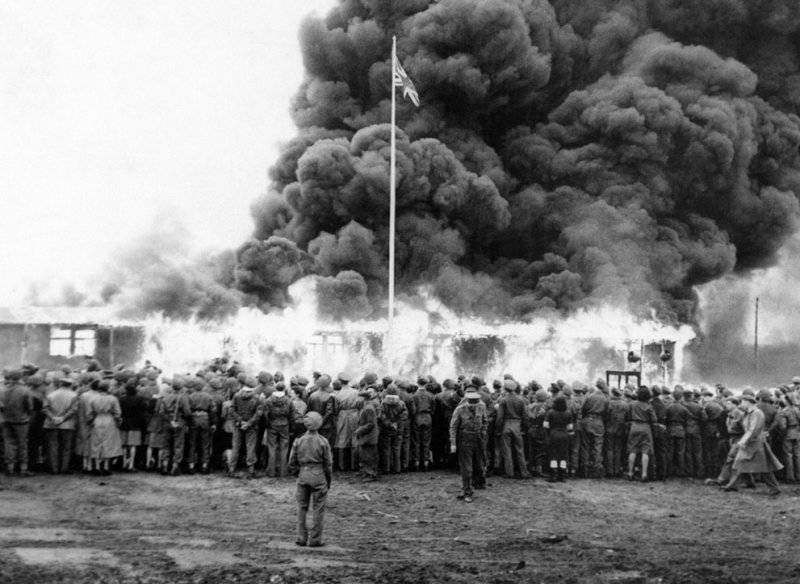
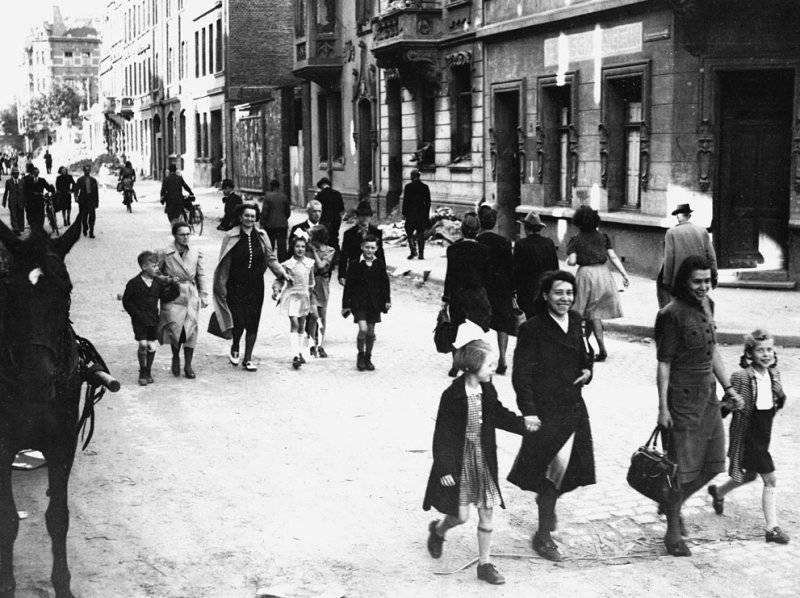
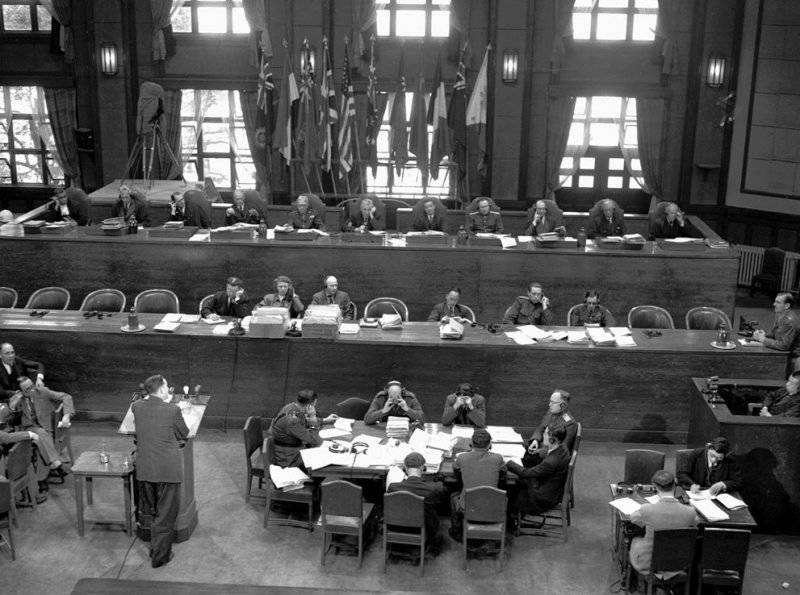
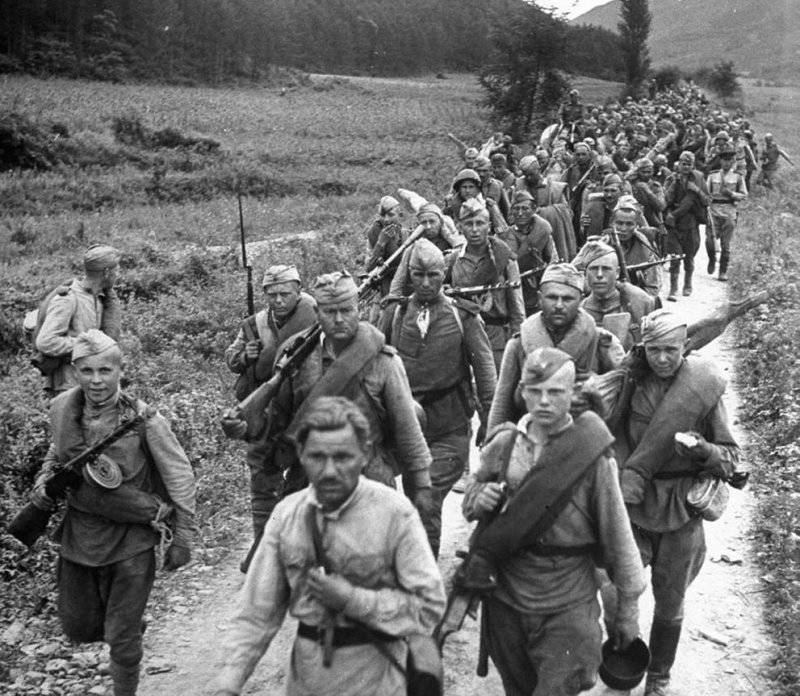
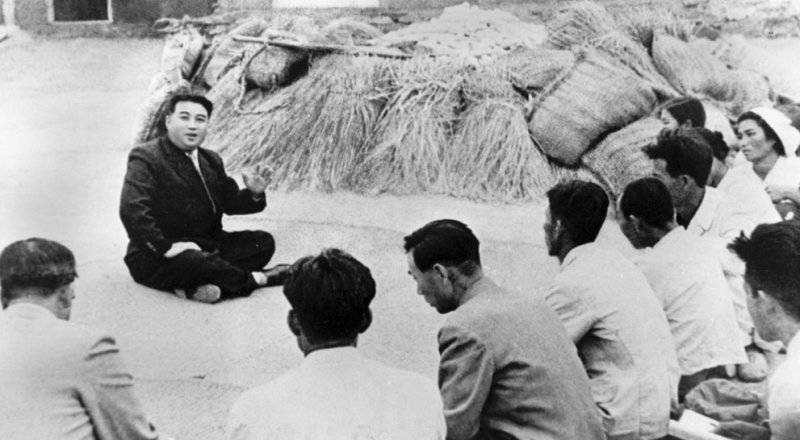
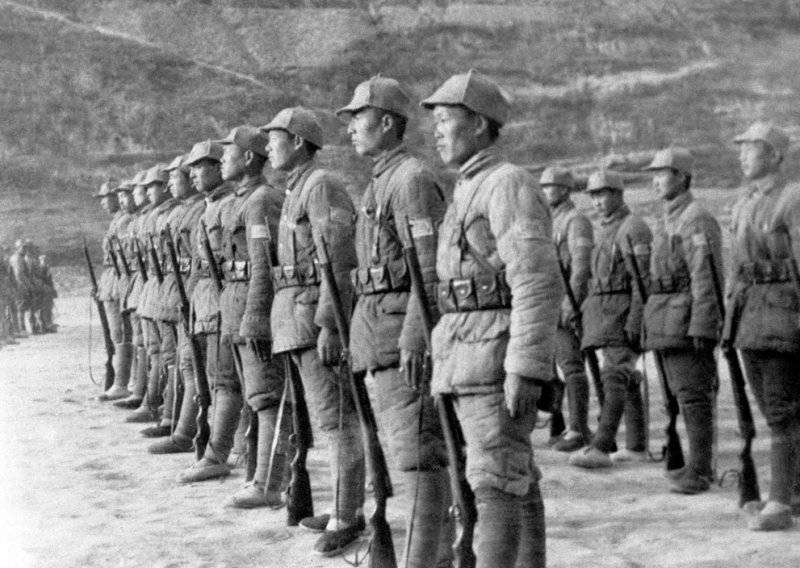
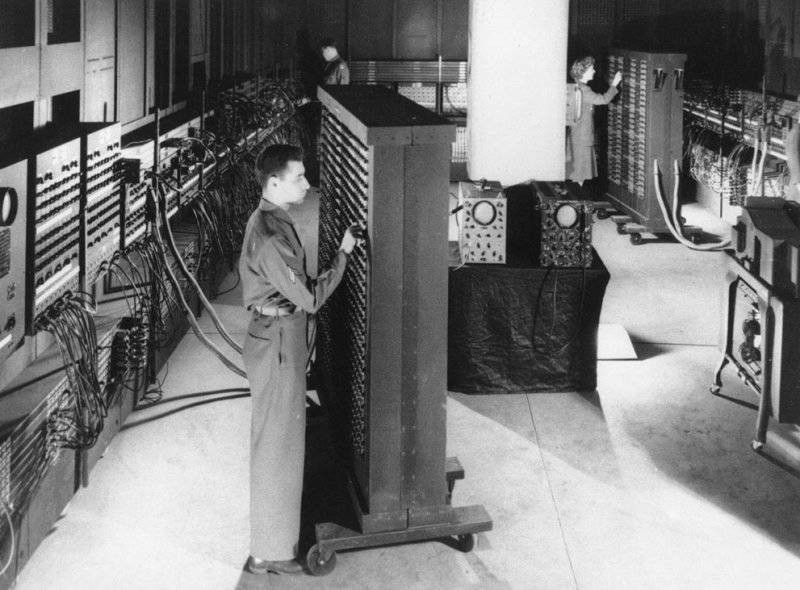
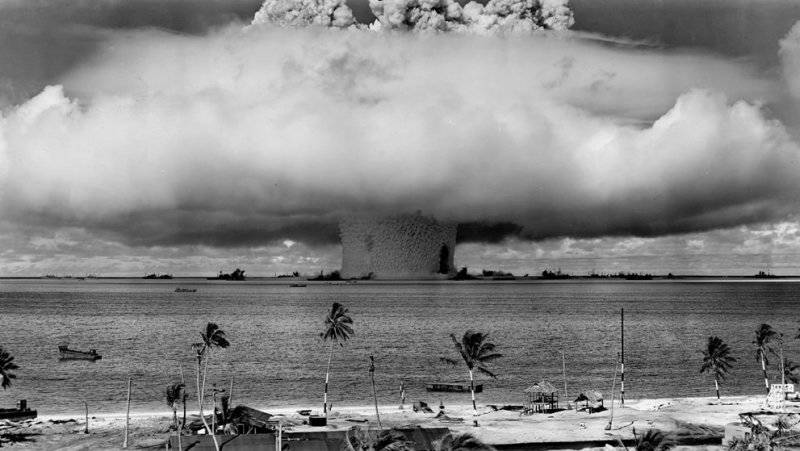
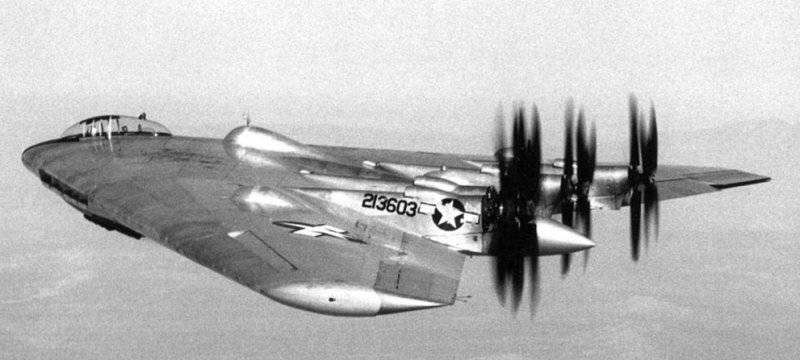
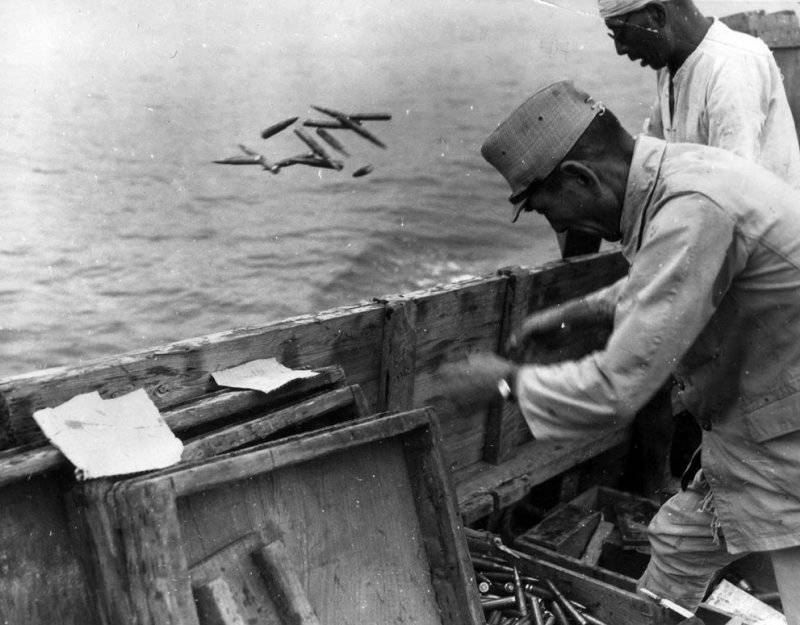
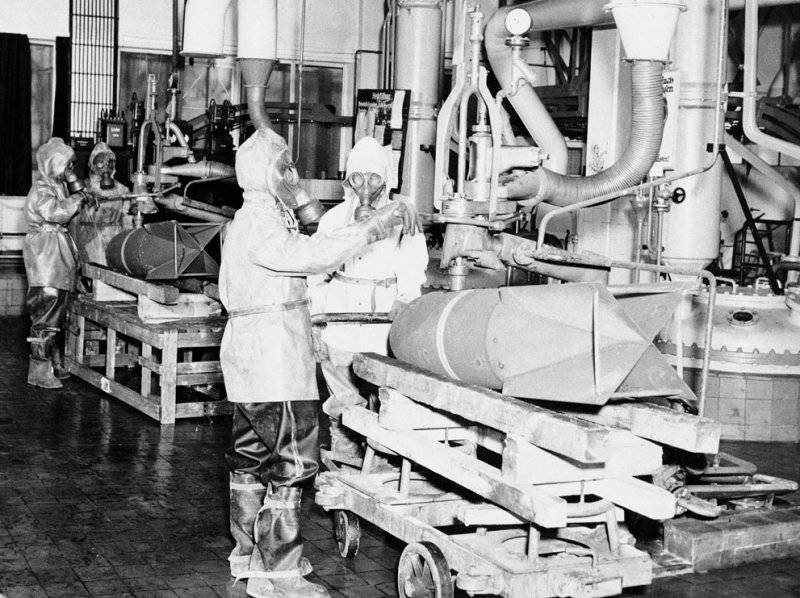
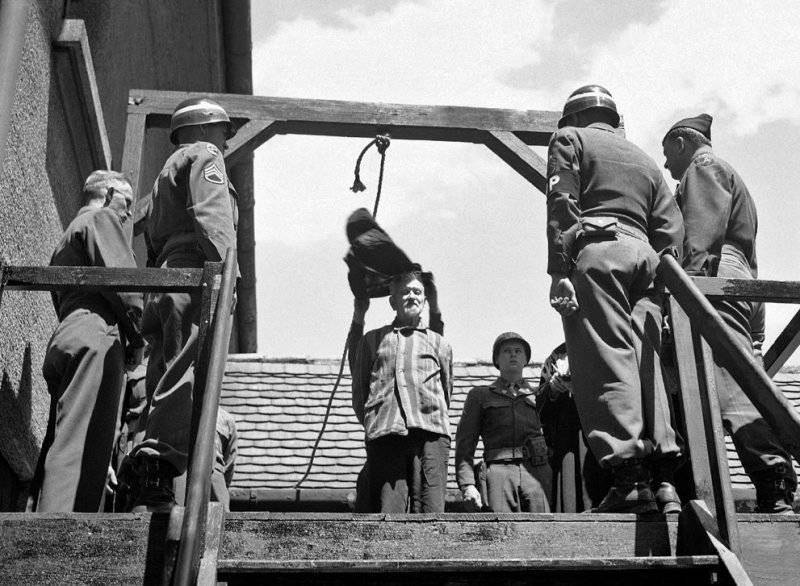
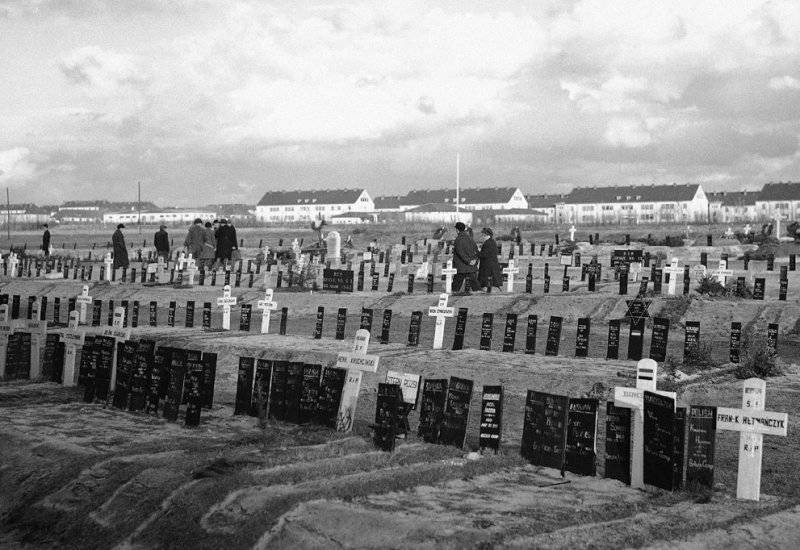
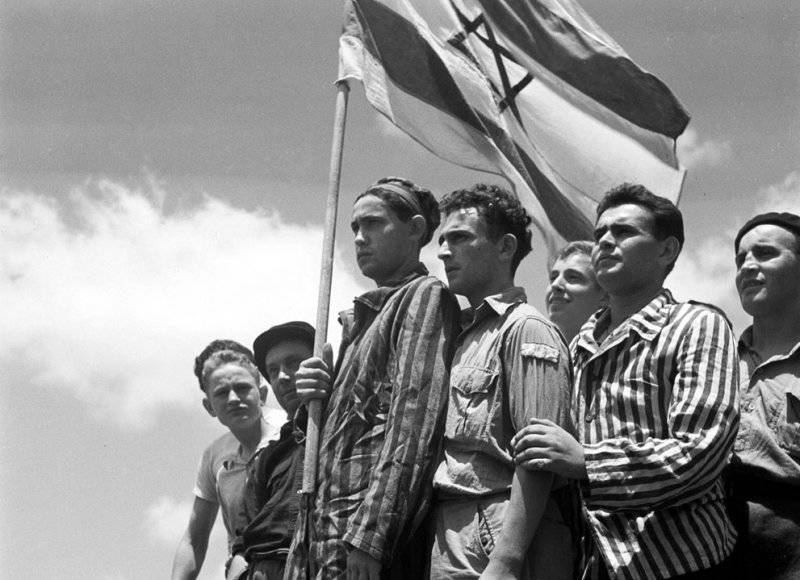
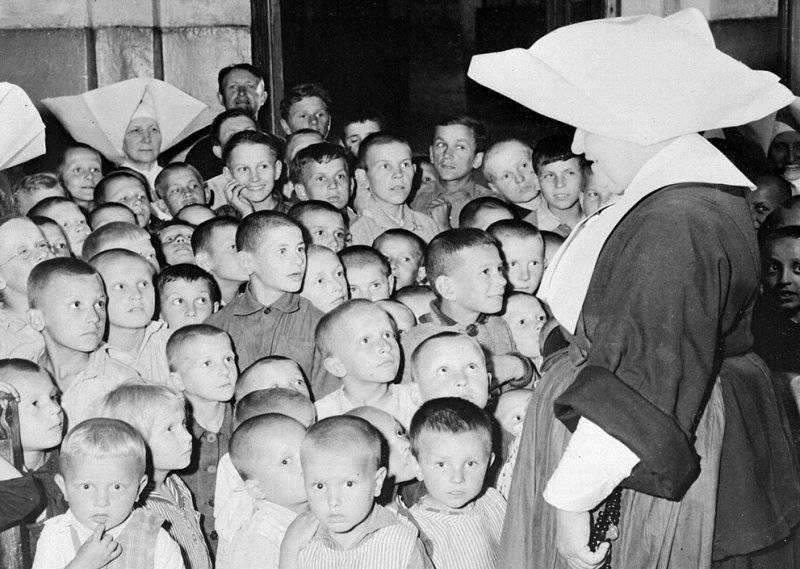
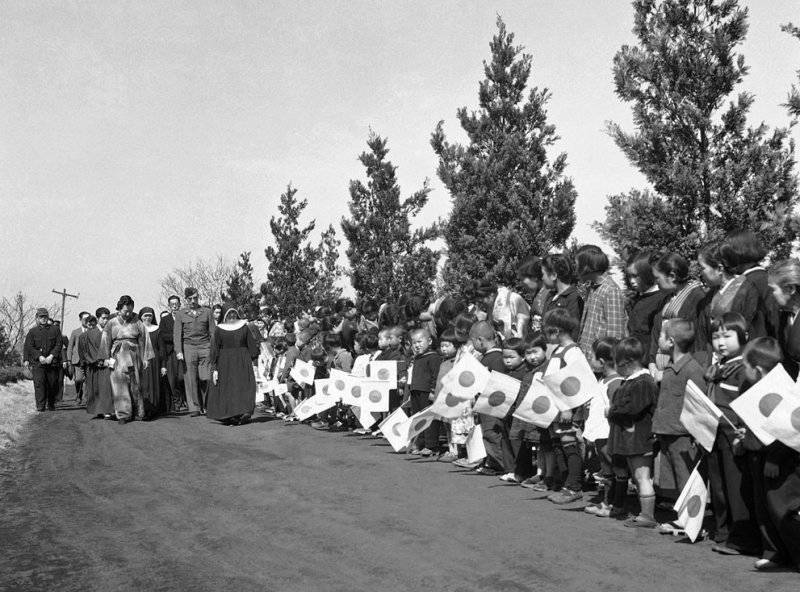
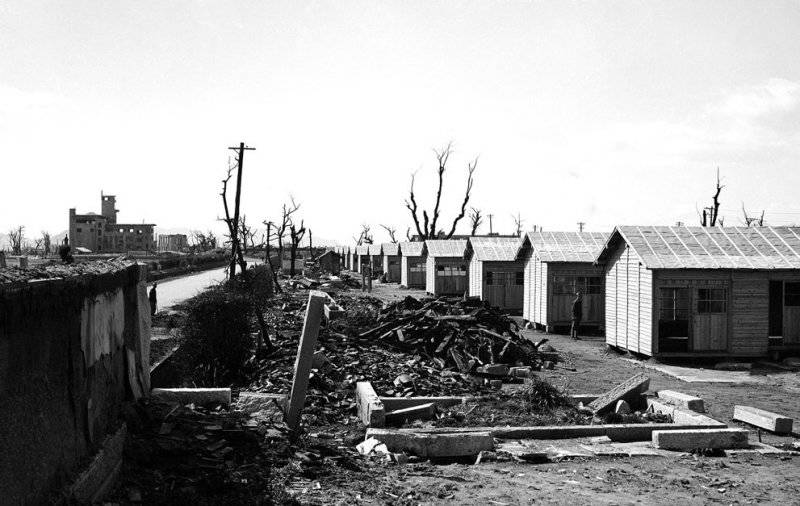
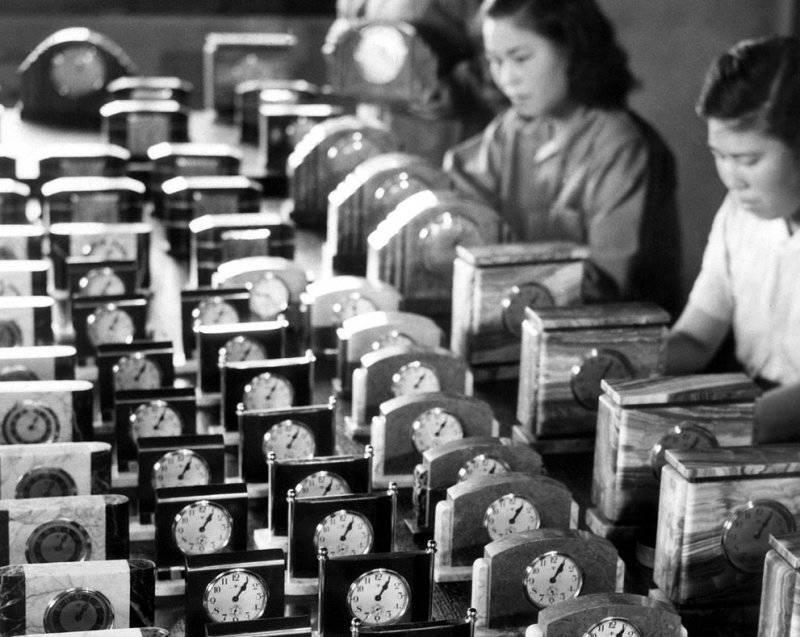
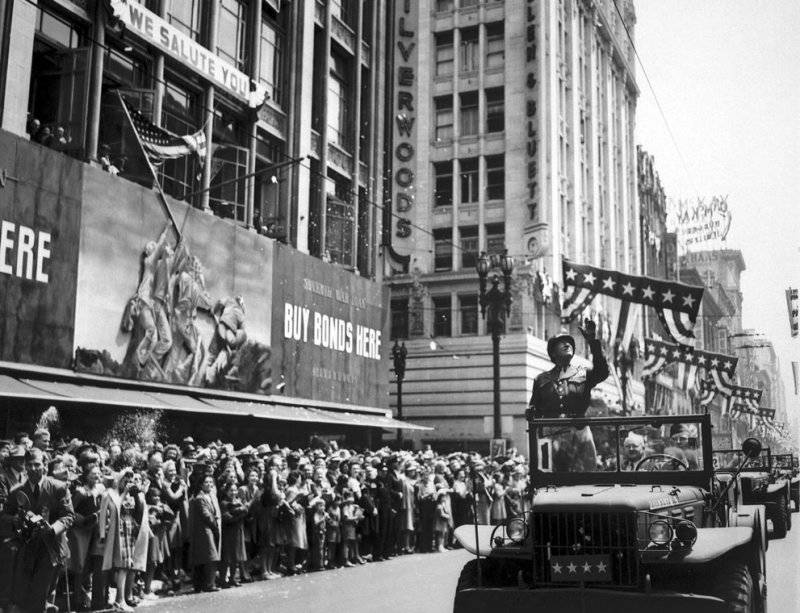
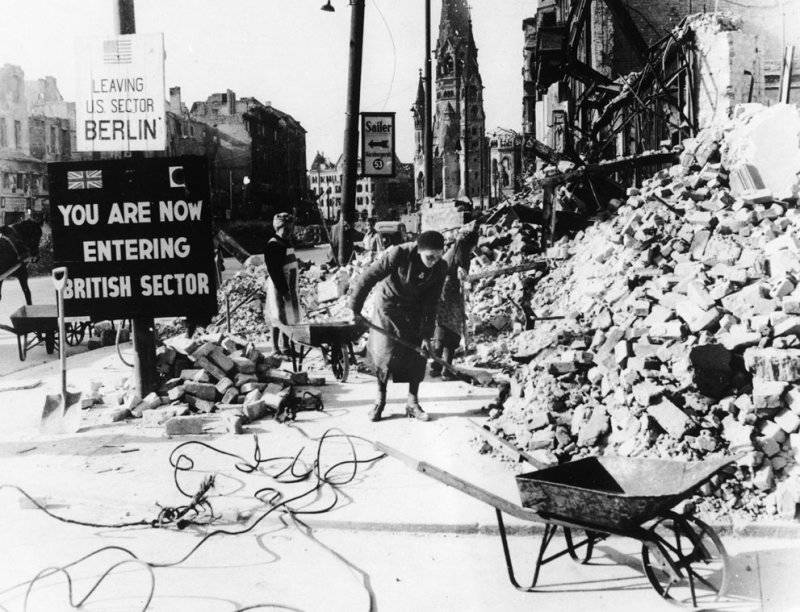
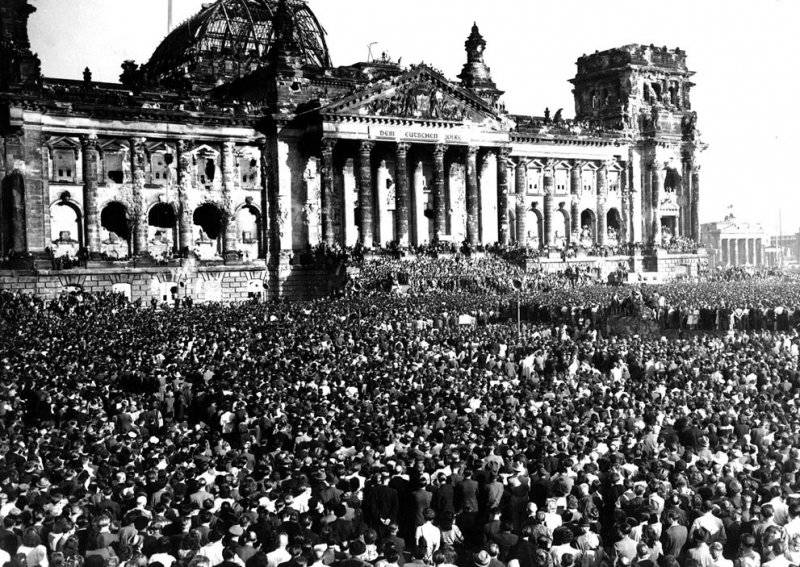
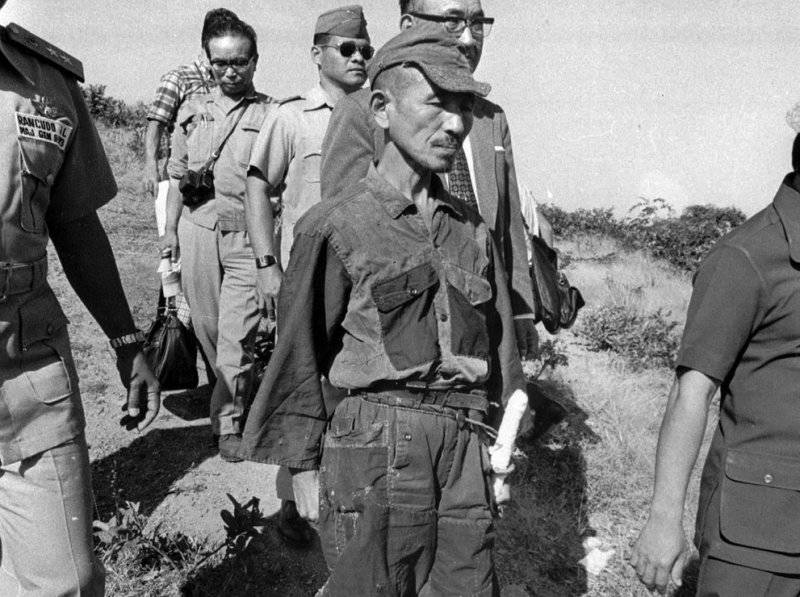
Information